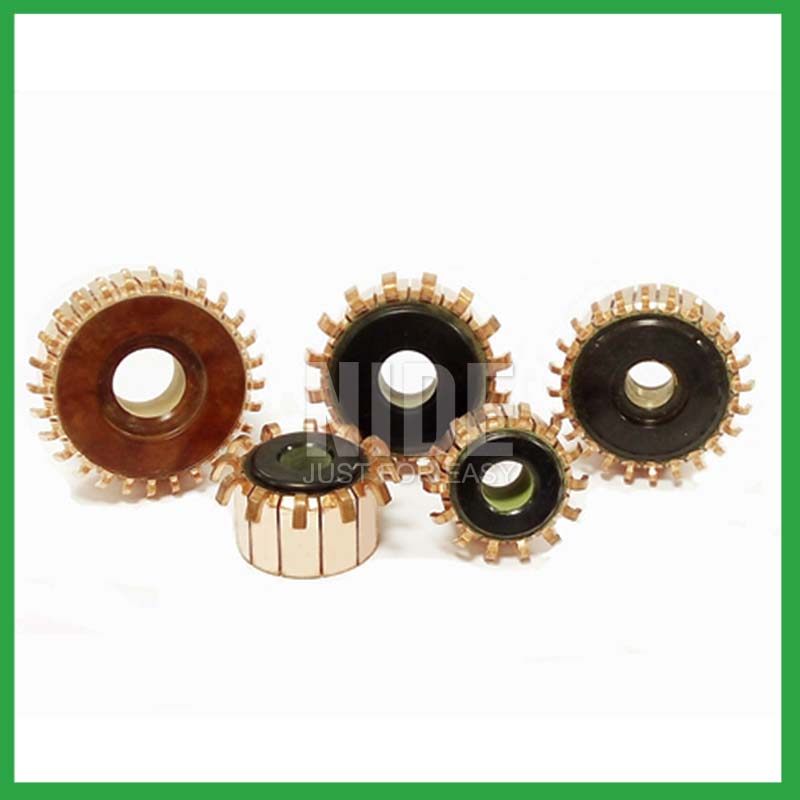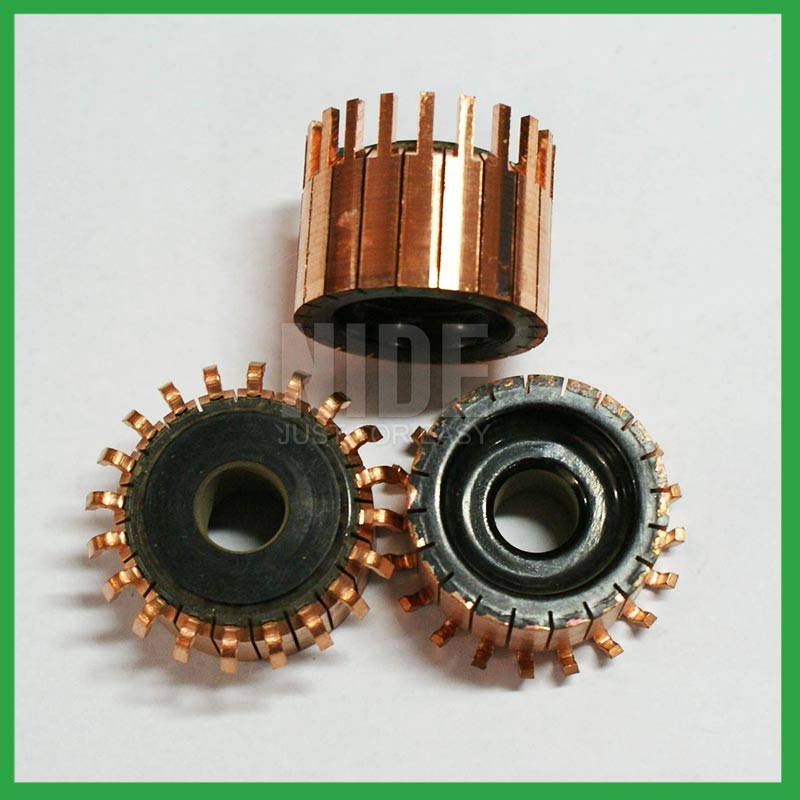2024-10-09
In today's world, efficiency and cost-effectiveness are critical factors influencing both manufacturers and consumers in the home appliances industry. As energy prices fluctuate and consumers seek reliable, affordable solutions for their households, companies are under pressure to deliver high-quality products that strike a balance between performance and price. A significant component in many home appliances is the motor, specifically the motor commutator. This essential piece not only influences the overall performance of the appliance but also its durability and energy efficiency. In this context, Nide International has emerged as a leader in providing cost-effective motor commutators for a wide range of home appliances, catering to the evolving needs of both manufacturers and end-users.
Motor commutators are crucial components in electric motors, particularly in devices that operate on direct current (DC). Their primary function is to reverse the direction of current flow through the motor windings, ensuring that the motor spins consistently and efficiently. This component is pivotal in various home appliances, including vacuum cleaners, washing machines, power tools, and small kitchen devices. Without a high-quality commutator, the performance of these appliances can deteriorate, leading to increased energy consumption and reduced lifespan.
With rising awareness about energy efficiency and environmental sustainability, manufacturers are increasingly focusing on the quality of motor components like commutators. Choosing a well-designed and cost-effective commutator not only reduces the overall production cost but also enhances the performance and reliability of home appliances. This is where Nide International has made its mark, offering a range of motor commutators designed to meet the needs of a diverse range of appliances.

Nide International, a global leader in motor component manufacturing, has built a reputation for delivering high-quality, cost-effective commutators tailored to the specific requirements of the home appliance industry. The company’s product line includes hook-type, groove-type, and riser-type commutators, each designed to cater to different motor designs and application needs.
One of Nide International’s key strategies in achieving cost-effectiveness without compromising quality is through its integrated production system. By controlling each stage of the manufacturing process, from raw material sourcing to final quality checks, Nide ensures that its commutators meet stringent international standards. This vertically integrated approach allows the company to reduce production costs and pass these savings on to its customers, making their products highly competitive in the market.
Moreover, Nide International invests heavily in research and development, continuously seeking ways to enhance the efficiency and durability of its commutators. Innovations such as improved insulation materials, enhanced copper alloys, and precise machining techniques have resulted in products that offer superior performance and longevity. These advancements are particularly beneficial for home appliance manufacturers, who are looking to offer long-lasting, energy-efficient products to their consumers.
The home appliance industry is currently experiencing a paradigm shift, with sustainability and energy efficiency becoming key focus areas. According to a recent report by the International Energy Agency (IEA), home appliances account for nearly 30% of household energy consumption globally. This figure underscores the importance of improving energy efficiency in these devices to achieve broader sustainability goals. Motor efficiency, driven by components like commutators, plays a crucial role in this context.
Several governments around the world are introducing regulations to promote energy-efficient appliances. The European Union’s Ecodesign Directive and the U.S. Department of Energy’s energy conservation standards are two prominent examples of such initiatives. These regulations are pushing manufacturers to adopt more efficient motor designs and components, including high-performance commutators. Nide International is well-positioned to support manufacturers in complying with these regulations by offering cost-effective solutions that do not compromise on efficiency.
Another noteworthy trend in the industry is the increasing adoption of smart home technologies. With more consumers seeking connected devices that offer enhanced convenience and control, appliance manufacturers are looking to integrate smarter motor technologies into their products. This trend is driving demand for more sophisticated commutators that can support variable speed operations and provide better control over motor performance. Nide International, with its expertise in motor component design, is actively working on solutions that cater to these emerging needs.

As the home appliance industry continues to evolve, motor commutators will remain a critical component in determining the efficiency, performance, and cost of these devices. Companies like Nide International are not only contributing to cost-effective solutions but also driving innovation that aligns with the industry’s sustainability and efficiency goals.
Looking ahead, the demand for advanced motor components is expected to grow as more manufacturers seek to differentiate their products through superior performance and energy efficiency. Nide International’s commitment to quality, cost-effectiveness, and continuous innovation positions it as a key player in shaping the future of motor commutators for home appliances.
In conclusion, Nide International’s focus on delivering cost-effective motor commutators is a testament to its dedication to serving the evolving needs of the home appliance industry. By providing high-quality products that enhance efficiency and reduce costs, the company is helping manufacturers and consumers alike achieve better performance and sustainability outcomes. As the industry continues to advance, Nide International will undoubtedly remain at the forefront, setting new benchmarks for motor commutator design and production.